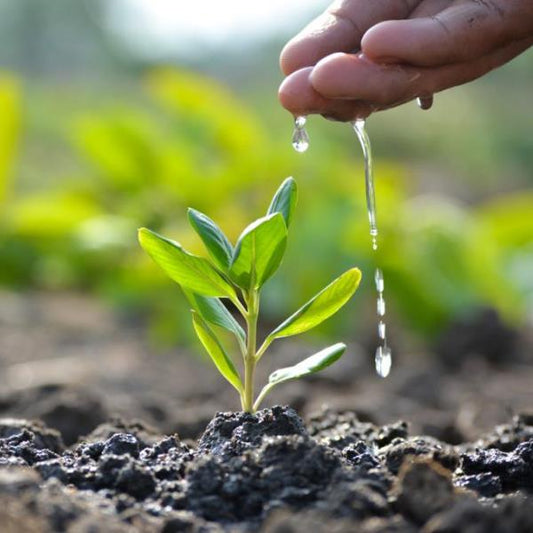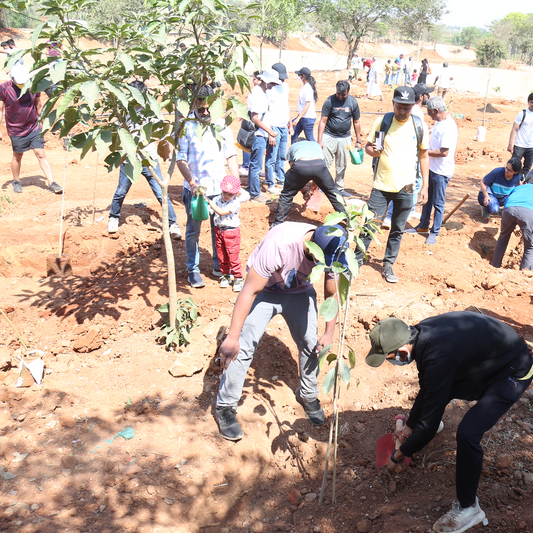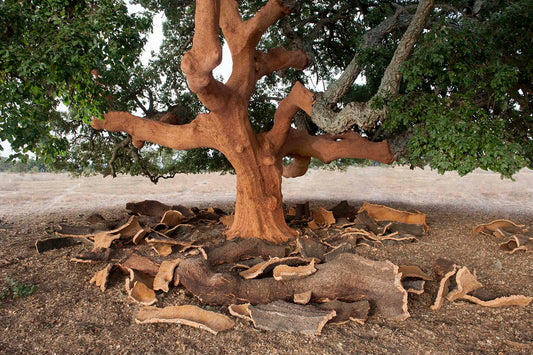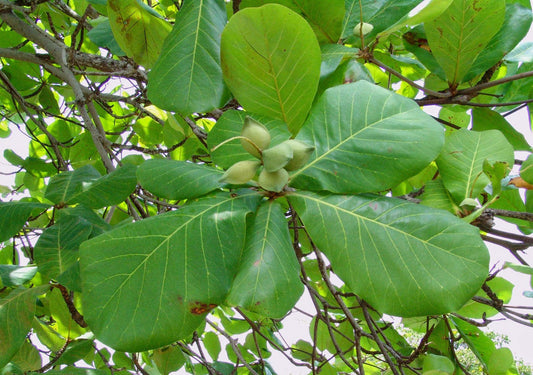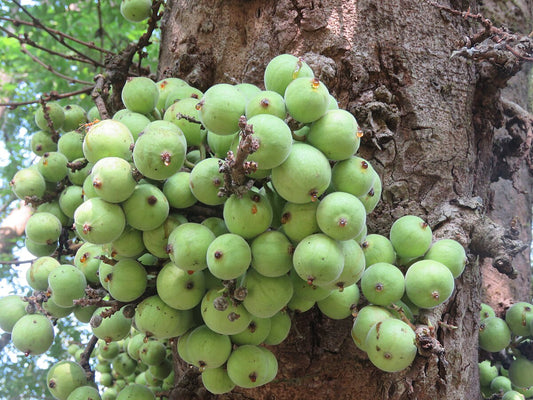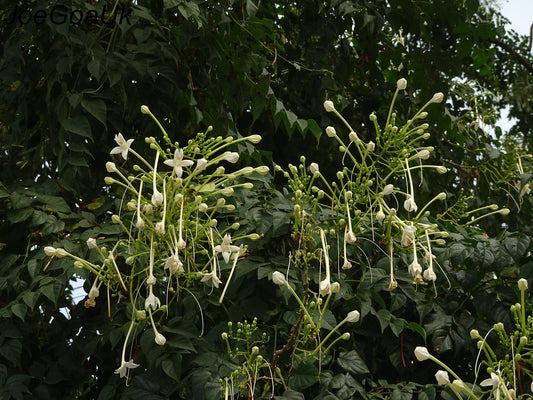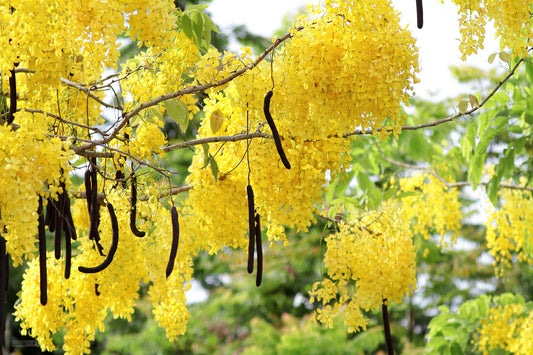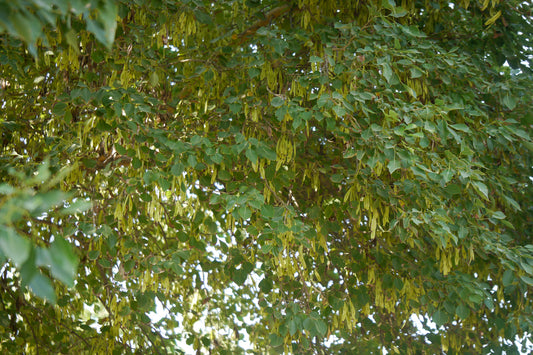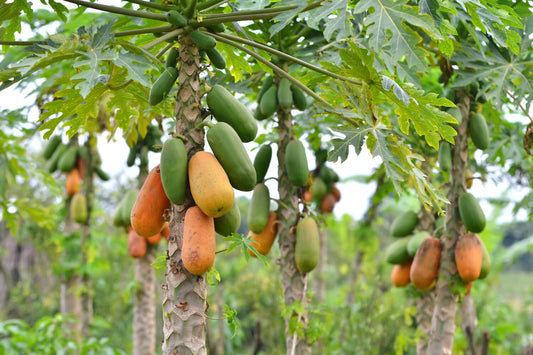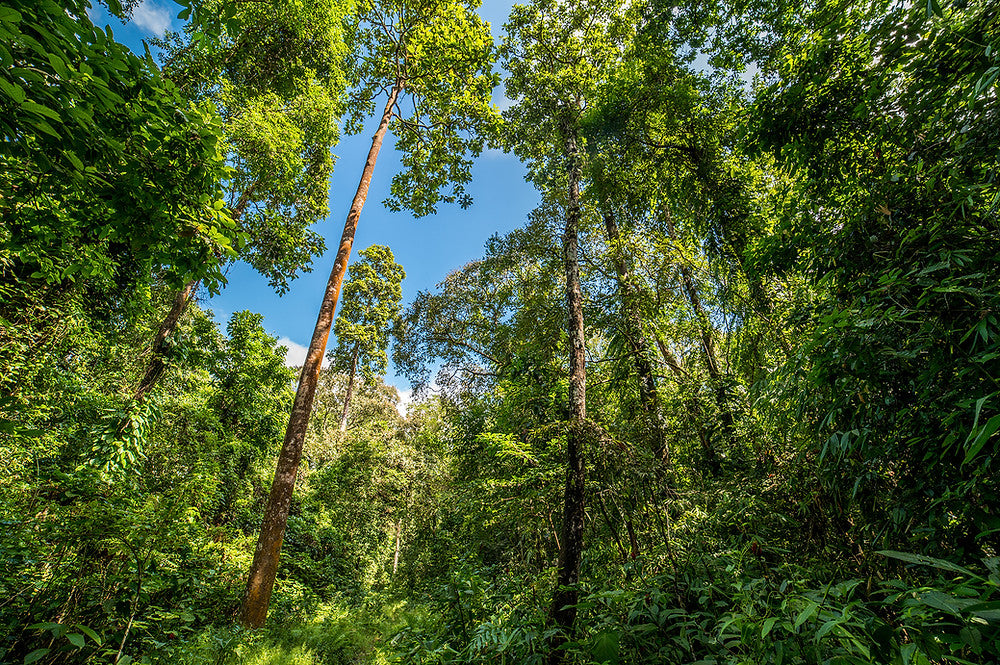

The Hollong tree, scientifically known as Dipterocarpus macrocarpus, is a majestic species that commands reverence in the forests of Southeast Asia. Its towering presence, sturdy trunk, and lush foliage make it a symbol of resilience, biodiversity, and cultural heritage. Botanical Wonder Read more
Trending
Trees for Corporates
Hollong Tree
You may also like
Corporate Plantations
Hollong Tree Facts
Explore fascinating facts about the Hollong tree, scientifically known as Dipterocarpus macrocarpus, celebrated for its timber quality, ecological importance, and cultural significance. Learn about its native range, distinctive features, and role in forest ecosystems.
Hollong Tree Timber Uses
Discover the versatile uses of Hollong wood in construction, furniture making, and boat building. Known for its durability, resistance to decay, and attractive grain patterns, Hollong timber is highly prized for its quality and aesthetic appeal in various applications.
Hollong Tree Ecology
Delve into the ecological importance of Hollong trees in tropical forests and riparian habitats. From providing habitat and food sources for wildlife to stabilizing soils and enhancing watershed health, Hollong trees play a vital role in ecosystem function and resilience.
Hollong Tree Habitat
Learn about the natural habitat of Hollong trees, including lowland tropical forests, riverbanks, and floodplains. With a preference for well-drained soils and ample sunlight, Hollong trees thrive in diverse ecosystems, providing habitat and sustenance for a variety of flora and fauna.
Hollong Tree Growth Rate
Gain insights into the growth rate and development of Hollong trees under optimal growing conditions. With moderate to fast growth rates, Hollong trees can attain mature sizes and canopy spread within a few decades, contributing to forest productivity and biodiversity.
Hollong Tree Cultivation
Learn about essential cultivation practices for growing Hollong trees in agroforestry systems and reforestation projects. From selecting suitable planting sites to managing soil fertility and water availability, discover how to nurture Hollong saplings for healthy growth and establishment.
Hollong Tree Pruning
Understand the importance of pruning Hollong trees to maintain their health, shape, and structural integrity. From removing dead or diseased branches to promoting airflow and light penetration, proper pruning techniques can enhance the vigor and longevity of Hollong specimens.
Hollong Tree Medicinal Uses
Explore traditional medicinal uses of Hollong bark, resin, and leaves in herbal remedies. From treating skin ailments and respiratory disorders to promoting wound healing and pain relief, Hollong has been valued for its therapeutic properties in indigenous medicine systems.
Hollong Tree Root System
Learn about the root system of Hollong trees and its role in anchoring the tree, accessing water and nutrients, and stabilizing soil. With deep taproots and spreading lateral roots, Hollong trees contribute to soil stability and erosion control in tropical environments.
Hollong Tree Wildlife Habitat
Discover the importance of Hollong trees as habitat and food sources for wildlife in tropical forests. From birds and mammals to insects and reptiles, Hollong trees support a diverse array of species, contributing to biodiversity conservation and ecological balance.
Hollong Tree Soil Requirements
Learn about the soil requirements for growing Hollong trees and optimizing their health and growth. From well-drained, loamy soils to sandy or clayey substrates with good aeration and moisture retention, Hollong trees exhibit adaptability to various soil types and pH levels.
Hollong Tree Pest and Disease Management
Explore common pests and diseases that affect Hollong trees and strategies for prevention and control. From insect pests and fungal pathogens to nutrient deficiencies and physiological disorders, proactive management practices can help minimize yield losses and maintain tree health.
Hollong Tree Conservation
Learn about conservation efforts to protect Hollong trees and their habitats from deforestation and habitat loss. From establishing protected areas and conservation reserves to promoting sustainable forestry practices, conservation initiatives aim to safeguard Hollong populations for future generations.
Hollong Tree Ethnobotany
Explore the ethnobotanical uses of Hollong trees in indigenous cultures and traditional crafts. From crafting tools and utensils to producing resin for incense and varnish, Hollong trees have played a significant role in cultural practices and artisanal traditions.
Hollong Tree Environmental Benefits
Discover the environmental benefits of planting Hollong trees for forest restoration and climate resilience. From sequestering carbon and mitigating climate change to enhancing biodiversity and ecosystem services, Hollong trees provide valuable ecological functions in tropical landscapes.
Hollong Tree Landscape Design
Explore creative ways to incorporate Hollong trees into landscape designs for aesthetic appeal and ecological function. From specimen trees in botanical gardens to reforestation projects and agroforestry systems, Hollong trees add beauty, shade, and ecological value to outdoor environments.
Hollong Tree Economic Importance
Delve into the economic significance of Hollong tree products and services for local livelihoods and forest-based industries. From providing timber for construction and crafts to generating revenue from ecotourism and non-timber forest products, Hollong trees contribute to rural economies and sustainable development goals.
Hollong Tree Myths and Legends
Discover myths, legends, and folklore associated with the Hollong tree in indigenous cultures and folklore. From ancient creation stories and spiritual beliefs to local superstitions and cultural practices, Hollong trees have inspired human imagination and reverence for nature.
Hollong Tree Conservation Challenges
Explore the conservation challenges facing Hollong trees due to illegal logging, habitat fragmentation, and climate change. From invasive species and land-use conflicts to disease outbreaks and genetic erosion, conservation efforts aim to address threats and promote sustainable management of Hollong populations.
Hollong Tree Research and Education
Learn about research initiatives and educational programs focused on Hollong tree ecology, conservation, and sustainable management. From studying genetic diversity and forest dynamics to raising awareness about the ecological value of Hollong trees, research and education efforts contribute to informed decision-making and conservation action.
FAQ
What is a hollong tree?
The hollong tree, scientifically known as Dipterocarpus macrocarpus, is a large hardwood tree native to Southeast Asia. It belongs to the Dipterocarpaceae family and is renowned for its valuable timber, which is highly prized for its strength, durability, and resistance to decay.
Where are hollong trees typically found?
Hollong trees are commonly found in tropical and subtropical forests of Southeast Asia, including countries such as India, Myanmar, Thailand, and Laos. They thrive in diverse habitats, from lowland rainforests to upland mountain forests, where they play a vital role in the ecosystem.
How tall can a hollong tree grow?
Hollong trees can grow up to 30-40 meters tall, with a straight and cylindrical trunk that can reach diameters of 1-2 meters. Their tall stature and high-quality timber make them important components of forest ecosystems and valuable resources for local communities.
What climate do hollong trees prefer?
Hollong trees prefer warm and humid tropical climates with well-distributed rainfall throughout the year. They thrive in regions with temperatures ranging from 20°C to 35°C and annual rainfall exceeding 2,000 millimeters, making them well-suited to the monsoon forests of Southeast Asia.
How long until a hollong tree matures?
Hollong trees typically take several decades to reach maturity, with an average growth rate of 1 meter per year under favorable conditions. It may take 40-50 years or more for a hollong tree to develop its full potential and produce high-quality timber suitable for commercial use.
How is hollong timber harvested?
Hollong timber is harvested by selectively felling mature trees in managed forests or protected areas. Specialized logging techniques are employed to minimize damage to surrounding trees and the forest ecosystem, ensuring sustainable harvesting practices and long-term forest conservation.
What are the uses of hollong timber?
Hollong timber is highly valued for its strength, durability, and natural resistance to decay, making it suitable for a wide range of applications. It is commonly used in construction, furniture making, boat building, and utility poles, as well as in railway sleepers and bridge construction.
Is hollong timber resistant to decay and pests?
Yes, hollong timber is naturally resistant to decay, rot, and insect damage due to its high content of natural oils and resins. This makes it a preferred choice for outdoor applications and structural uses where durability and resistance to pests are essential.
What is the economic importance of hollong trees?
Hollong trees are economically important for their valuable timber, which is in high demand in local and international markets. The timber trade contributes to rural economies and livelihoods in regions where hollong forests are cultivated or harvested sustainably, providing income and employment opportunities for communities involved in forestry and wood processing industries.
Can hollong trees be grown in plantations?
Yes, hollong trees can be grown in plantations as part of sustainable forest management practices or agroforestry systems. Plantations may be established to meet the growing demand for timber while reducing pressure on natural forests and promoting biodiversity conservation.
What pests and diseases affect hollong trees?
Hollong trees may be susceptible to various pests and diseases that can affect their growth and health, including fungal infections, stem borers, and leaf-eating insects. Sustainable forest management practices, including pest monitoring and control measures, are essential to minimize damage and maintain tree health.
What are the environmental benefits of hollong trees?
Hollong trees provide various environmental benefits, including carbon sequestration, soil erosion control, and habitat creation for wildlife. Their extensive root system helps stabilize soil and prevent erosion, while their dense foliage provides shade and shelter for understory vegetation and wildlife.
Can hollong trees be propagated?
Hollong trees can be propagated through seeds or vegetative methods such as stem cuttings or air layering. Seed propagation is the most common method, with seeds collected from mature trees and germinated under controlled conditions before being transplanted to the field or nursery.
What is the significance of hollong trees in local cultures?
Hollong trees may have cultural significance in local communities where they are native or commonly found. They may be revered for their strength, longevity, and ecological importance, symbolizing resilience and connection to nature in traditional folklore, rituals, and ceremonies.
Are there different species of hollong trees?
Yes, there are several species of hollong trees belonging to the Dipterocarpus genus, each with unique characteristics such as growth habits, wood properties, and ecological requirements. Varieties may differ in their suitability for specific applications and environments, depending on local conditions and market preferences.
Most Popular
Connect with us
-
👥 Corporates
If you are looking for:
- 🌲 Tree Plantation Events
- 📊 CSR Projects
📧 corporate@growbilliontrees.com
📞 +91 9699723523
💬 WhatsApp (Only): +91 9370599291
🕒 Mon - Sat | 10am - 7pm IST
-
🧩 Tree Plantation NGOs
If you are looking for:
- 💰 Financial Assistance
- 🤝 Operational Support
📧 support@growbilliontrees.com
📞 +91 9699723523
💬 WhatsApp (Only): +91 9370599291
🕒 Mon - Sat | 10am - 7pm IST
-
🌼 Individuals
If you are looking for:
- 👥 Group Tree Plantation Drive
- 🌳 Bulk Tree Plantation
📞 +91 9699723523
💬 WhatsApp (Only): +91 9370599291
🕒 Mon - Sat | 10am - 7pm IST



